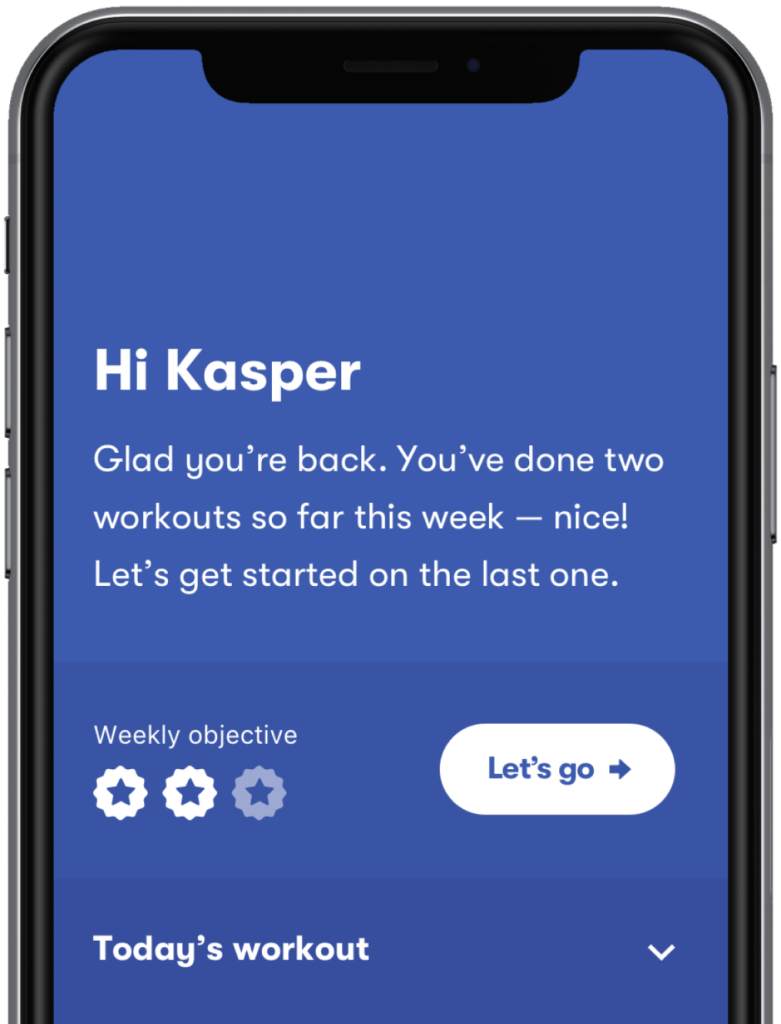A Mental and Physical Exercise
For good and for bad, running is just as much a mental exercise as it is a physical one. This dynamic is what makes getting back into running some time away a seemingly insurmountable challenge. It’s emotionally overwhelming to go from hitting your stride everyday to feeling defeated on the sidelines.
Once you start to feel like your body is ready to start running again, it’s hard to stop yourself from simply jumping in and getting going with the same expectations and goals from before an injury. More often than not, however, this only creates more feelings of disappointment. Recovery is the same type of mental and physical process as a normal running routine, yet it requires even closer attention to your individual goals and physical capabilities.
While it’s hard to find a technical approach that corresponds exactly to your injury and abilities, there are some concepts that can be helpful for anyone to keep in mind when getting back into running after an injury.
Since it’s undoubtedly a process that takes time, maintaining a long-term and big-picture outlook will keep you moving forward. Combined with a bit of mindfulness, you can instill a sense of patience and gratitude when going through recovery to help maintain the motivation and see achievements even more clearly. Recovery is a time to re-train not just your body but also your mind; it’s a fulfilling experience that can be even more rewarding than training at your best.
Patience & The Recovery Mindset
Sadness and frustration are the first hurdles to clear in the beginning. Understandably so — in the wake of losing the ability to do something you really enjoy, it can feel like you’ve lost a part of your identity. As runners, we usually go all-in and embrace the ‘runner lifestyle’ across many aspects of our everyday: from social circles and outings to wardrobe choices. Taking on the runner identity and lifestyle is not a bad thing — it’s actually a way to propel us to the next achievement. But in the face of injury, it prevents us from seeing running in the context of our bigger purpose in life. Instead, practice getting into a recovery mindset.
The recovery mindset is the core of your recovery. It means acknowledging your new physical needs and conditioning your mind to meet them head on. This all revolves around mindfulness as a way to build on the ritual and stress relief you’ve already developed around running. Nurturing more of a connection between your physical and mental feelings through your mindset will help keep you patient and motivated through recovery training.
Try some practices like guided meditation, yoga or simple breathing exercises early on to achieve the mental peace that running provided before injury. Whatever the case, being more cognizant of the challenges and progress to come will only equip you more fully to deal with the ups and downs of recovery training.
Mindfulness and Running
Mindfulness practices like meditation and yoga have been on the rise as complementary practices to regular physical exercise. Just like those times when you hit your stride and experience the high, mindfulness practices can also help dissolve the feeling of separation between mind and body. This is beneficial in many ways, including improving performance, decreasing depression and increasing energy levels.


